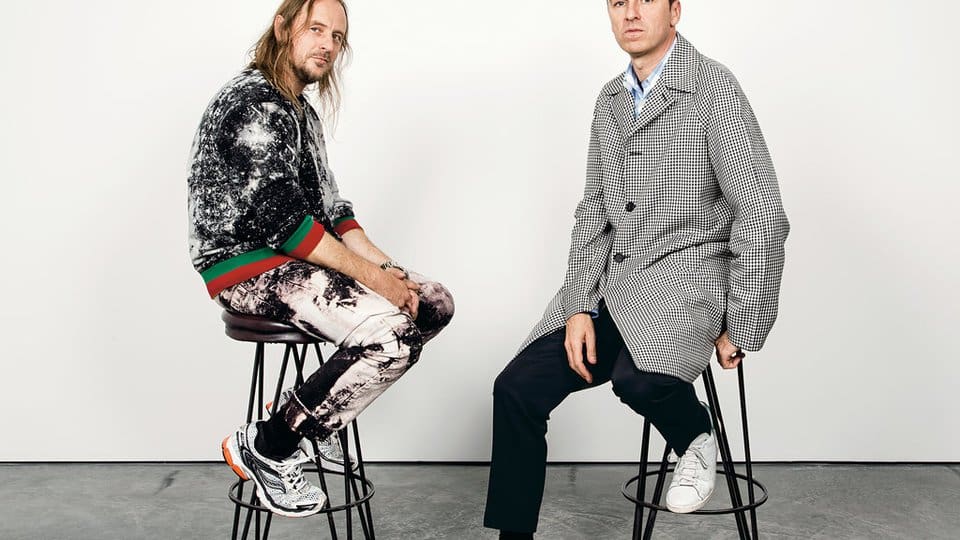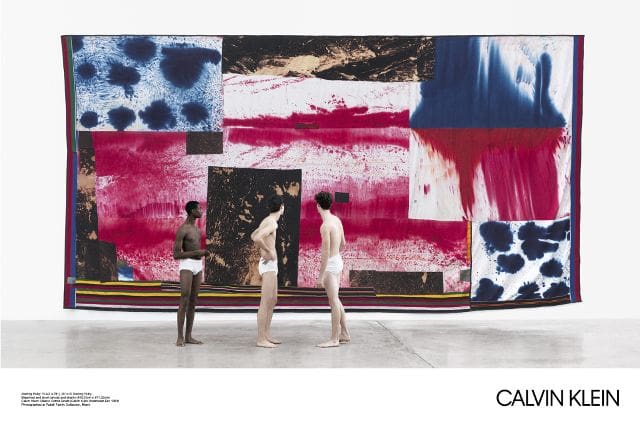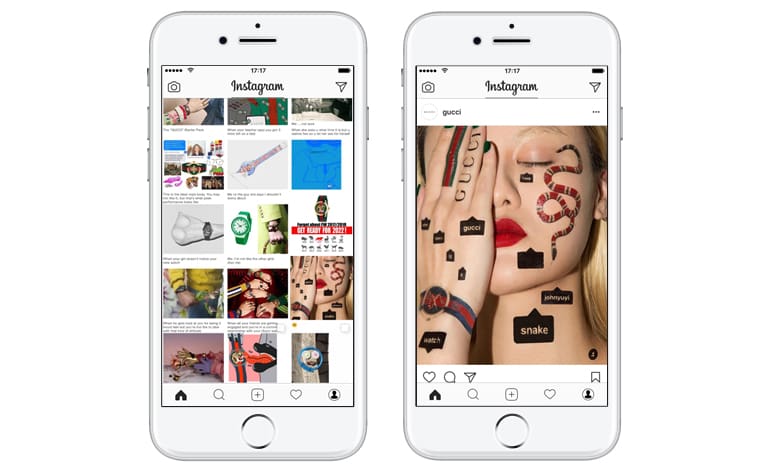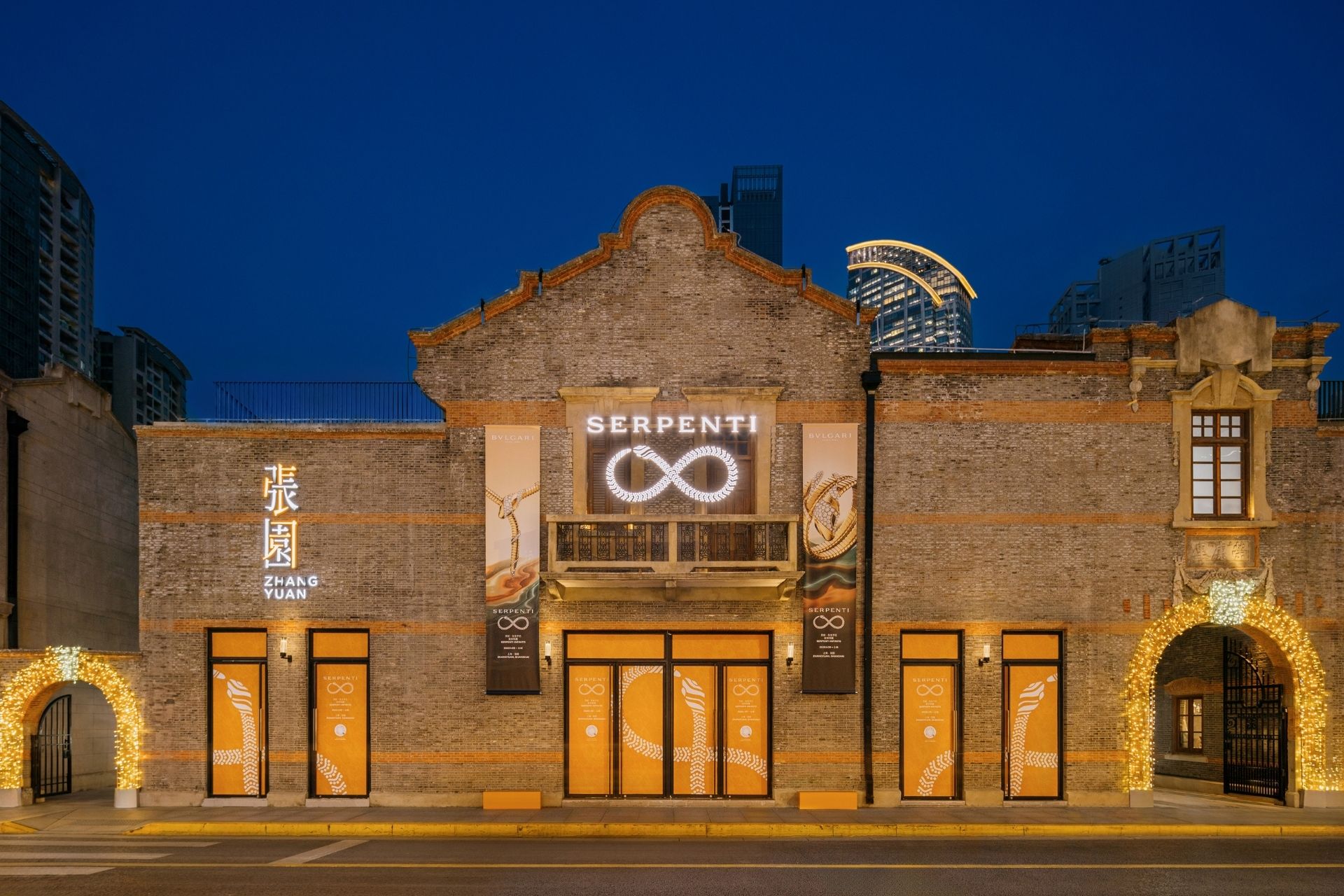
Two luxury fashion brands have caught the eye of the Cultural Insight team at Kantar over the last few weeks for their very different communications forays into very different parts of culture. Alice Clapp reports.
Calvin Klein, under new creative direction from Raf Simon, has recently overhauled its advertising aesthetic. Over the past few years the go-to formula has been [celebrity + sex] but the most recent print campaign depicts androgynous models wearing jeans or loose underwear, largely facing away from the camera and towards famous works of modern art.

Image from Calvin Klein
For a while now concerns have arisen around the Calvin Klein brand for its over-reliance on fleeting celebrity culture and its lack of focus on building a brand that stands for something timeless, or at least something deeper than a name and a body. In light of this, the fact that CK is subverting its character by stepping out of its premium fashion category and into the upper echelons of modern art, offers an appetising glimpse into the direction in which Simons will take the brand. Fashion in art, art in fashion: the two as one and the same.
While it could be said that Calvin Klein has taken the high (brow) road, Gucci has done just the opposite, putting the spotlight on internet meme culture for its recent Instagram uploads. The brand has collaborated with meme royalty to create content that advertises the new Gucci watch, in a highly self-conscious, tongue-in-cheek, and utterly delightful manner. It is refreshing to see a luxury brand not take itself too seriously; Gucci is engaging with a facet of culture from which it usually estranges itself, and is engaging with it in an authentic way by promoting the important voices within that area of culture rather than shouting over them.

Image via Gucci Instagram
The Gucci meme phenomenon could signal the start of a new wave of social media consciousness in luxury brands; Instagram is no longer just a place to share perfected photos, it is a platform with a unique language, etiquette and means of expression, and brands that can authentically tap into this will unlock vast swathes of the internet population, people with whom they would not usually have the permission to be in dialogue.
Both Calvin Klein and Gucci are showing that to be a powerful player in the cultural conversation at the level of premium fashion, you not only have to take risks, you also have to be willing to change your perspective to break with the past and forge new possibilities. Borrowing from high or low brow worlds does not diminish your brand value, rather it strengthens the power of your voice, giving it more dimensions, and opens brands up to new audiences.








